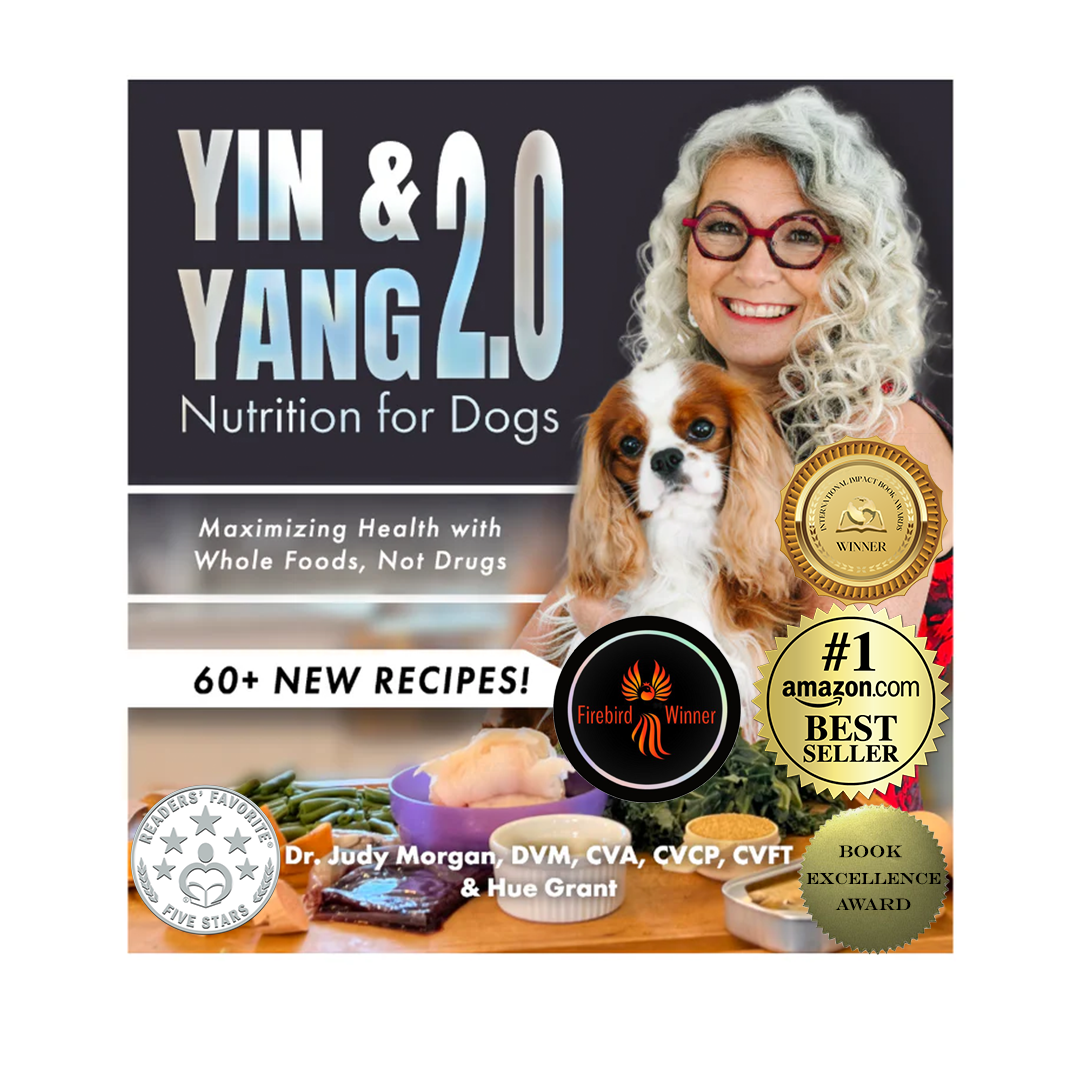I think it's fair to say we all want our pets to lead long, healthy lives. Their time with us is already much too short, so it's up to us to do everything within our means to keep them in top shape. That means providing fresh water, plenty of exercise, mental stimulation, social interactions, and probably most important - high quality nutrition.
What you decide to feed your pet could very well affect the quality and quantity of time you have together. Deciding the best choice of foods must take into consideration your lifestyle, budget, and individual pets. Not everyone feels comfortable feeding raw food or has time to prepare meals from scratch at home. While providing organic, grass-fed, free-range ingredients will improve the quality of the meals, not everyone can afford those ingredients and they are not always readily available in all areas.
Many owners of large breed dogs cite cost as one of the main reasons they turn to processed dry kibble as the best choice. While I am not a fan of feeding kibble, I understand their situation. However, I do believe that feeding whole foods can actually cost less than buying processed food, unless you are buying bottom-of-the-barrel grain and waste-filled feed. Being a smart-shopper, joining a co-op, buying meat trimmings, and buying in bulk can help keep costs down.
If you decide to feed dry kibble, be aware that pet food manufacturers can use misleading packaging under the guise of marketing appeal. Realizing that processed foods are not typically made directly from the kind of fresh foods that we would eat ourselves is important. The majority of processed pet foods are not made from food-grade fresh food, but include feed-grade ingredients that have been processed at high heat or rendered. Feed-grade meats can include 4-D (diseased) meats. For a complete list of ingredient definitions, click here. For some of the more absurd pet food ingredients that you would never want to feed your pet, but are considered legal by AAFCO, click here.
In 2003, Dr Gérard Lippert and Bruno Sapy published a landmark 5-year study on the life expectancy of 552 domestic dogs which showed that:
• Dogs fed industrial pet feed lived an average 10.4 years. Dogs fed home-made food lived an average 13.1 years.
• The difference is just over 32 months. That is nearly 3 YEARS LONGER!!!
Studies have shown that adding as little as 20% real, fresh food to processed diets can improve health and longevity. I've just given you permission to share your HEALTHY meals with your pets. Fresh meats, fruits, and vegetables can keep your pets alive longer! Keep in mind that fried food, fast food, processed food, and junk food are bad for you and also bad for your pets. Please share fresh meats, fruits (no grapes or raisins), and vegetables.
If you want to avoid buying veterinary prescription diets for health issues, consider making healthy, wholesome meals that address the issues.
Help your pets live longer by providing high quality nutritious meals!

Check out all of Dr. Judy's books
Download the free Super Food Toppers to Improve Your Pet's Diet
More Pet Food and Nutrition Resources
Disclaimer: This content is for informational purposes only and is not meant to diagnose, treat, or replace consulting a primary veterinarian for individualized care.

